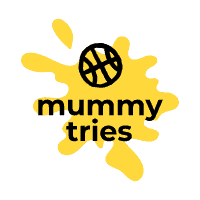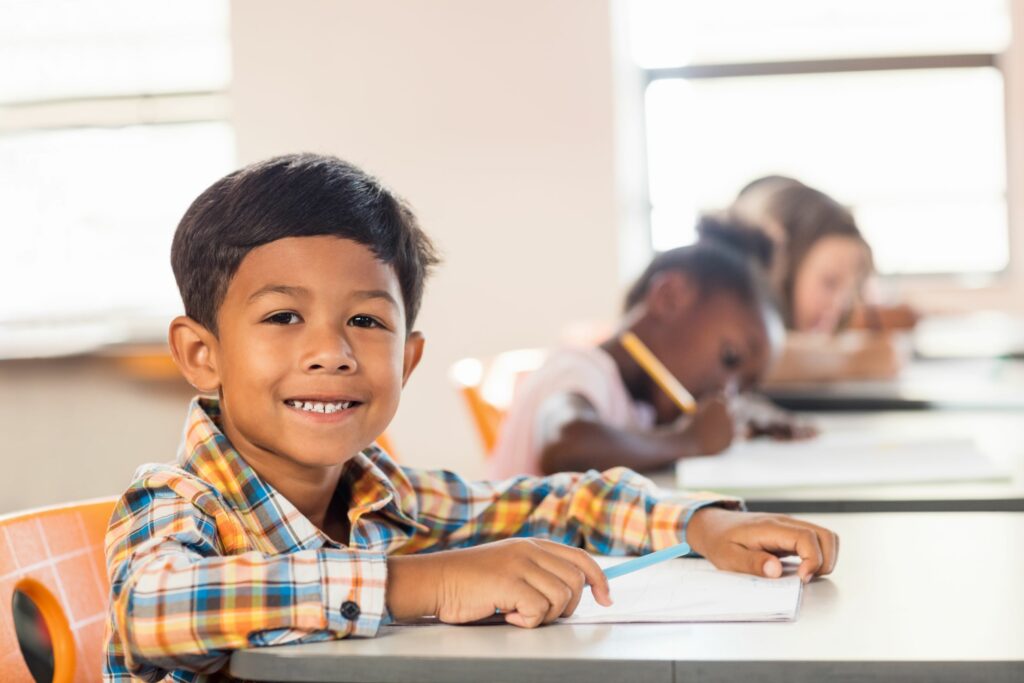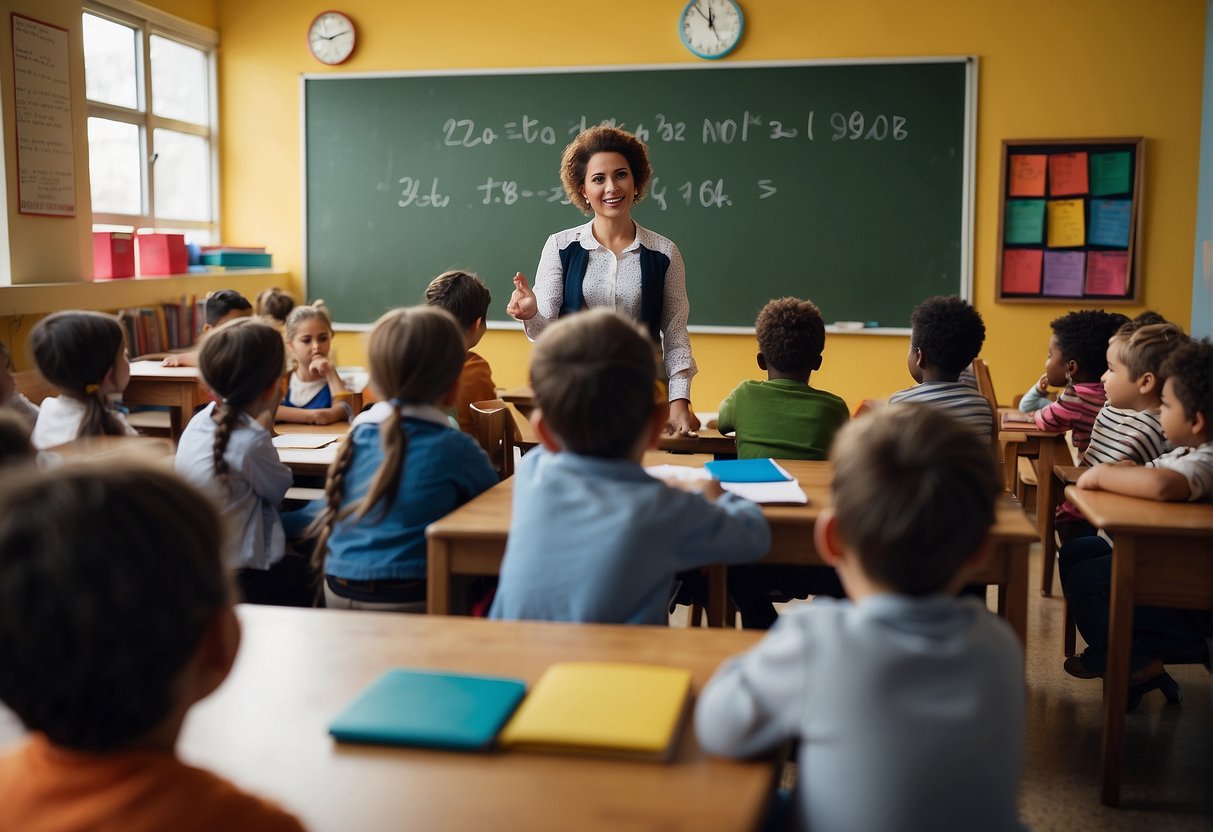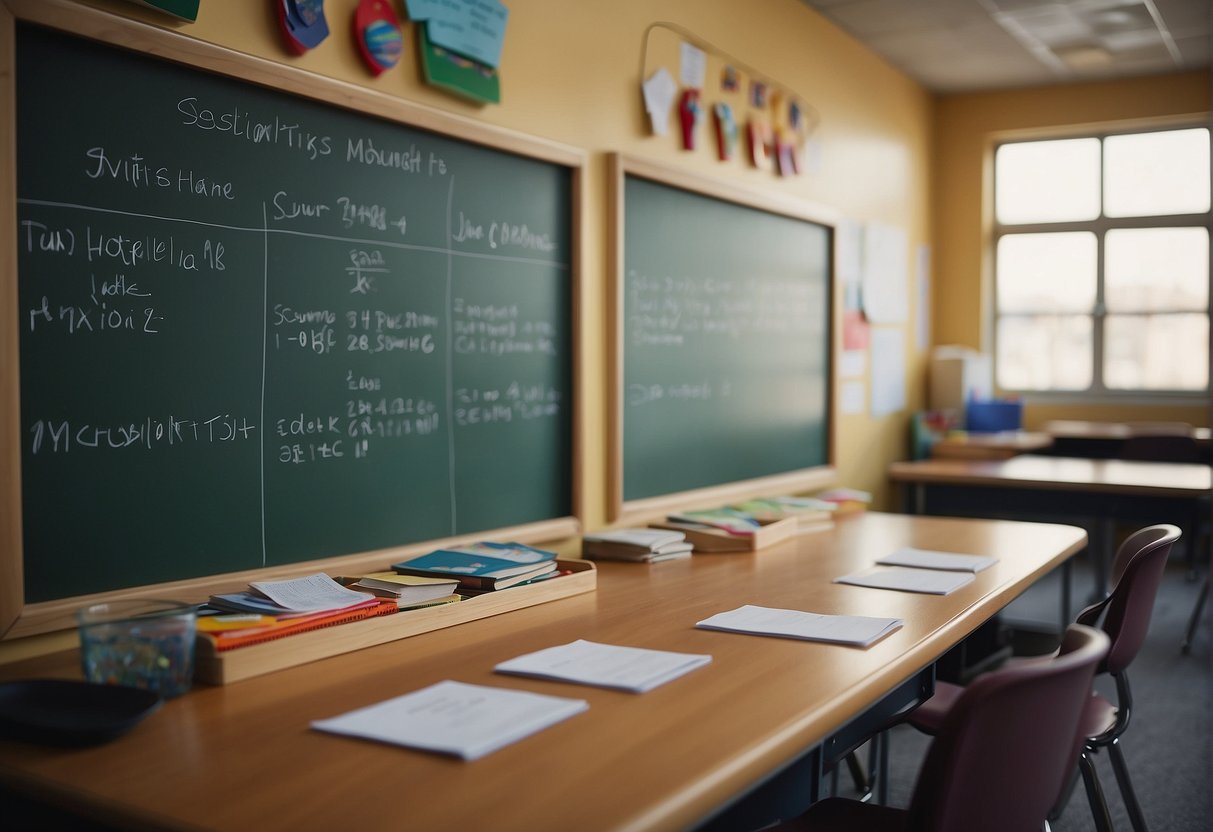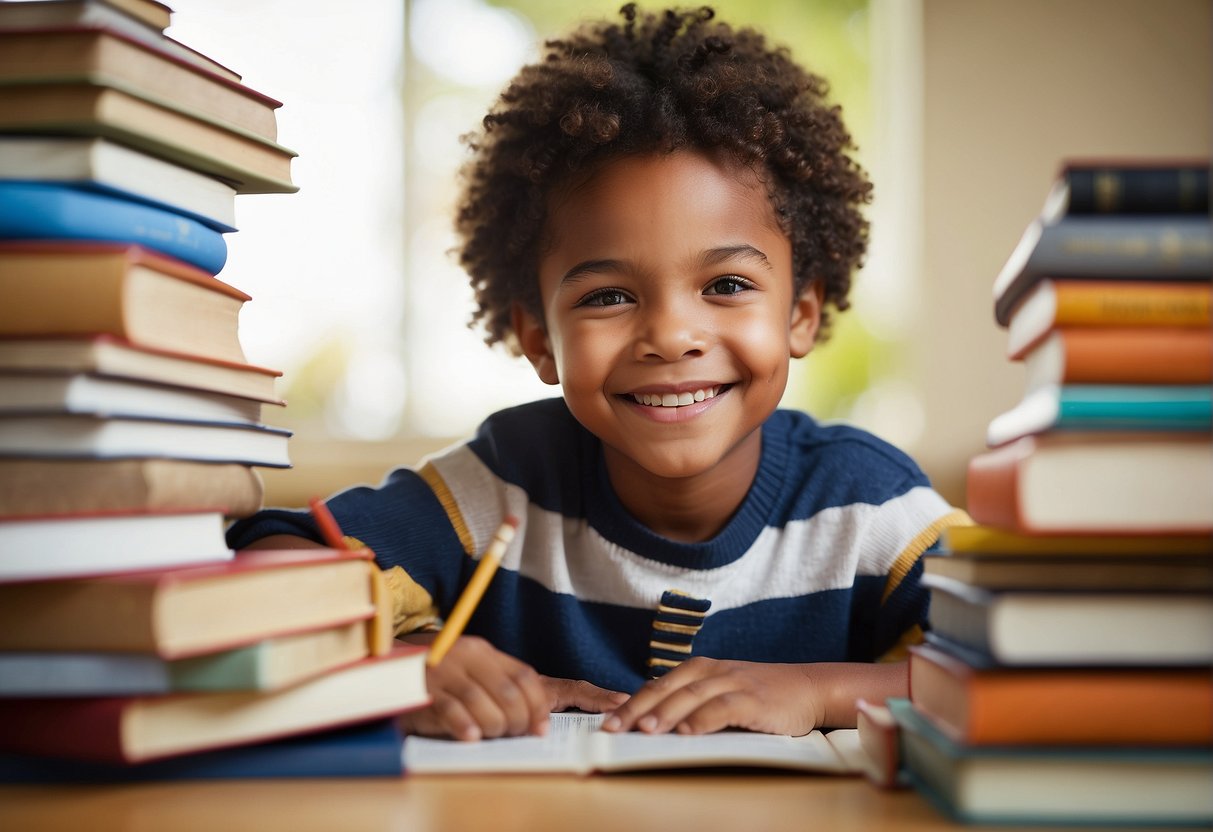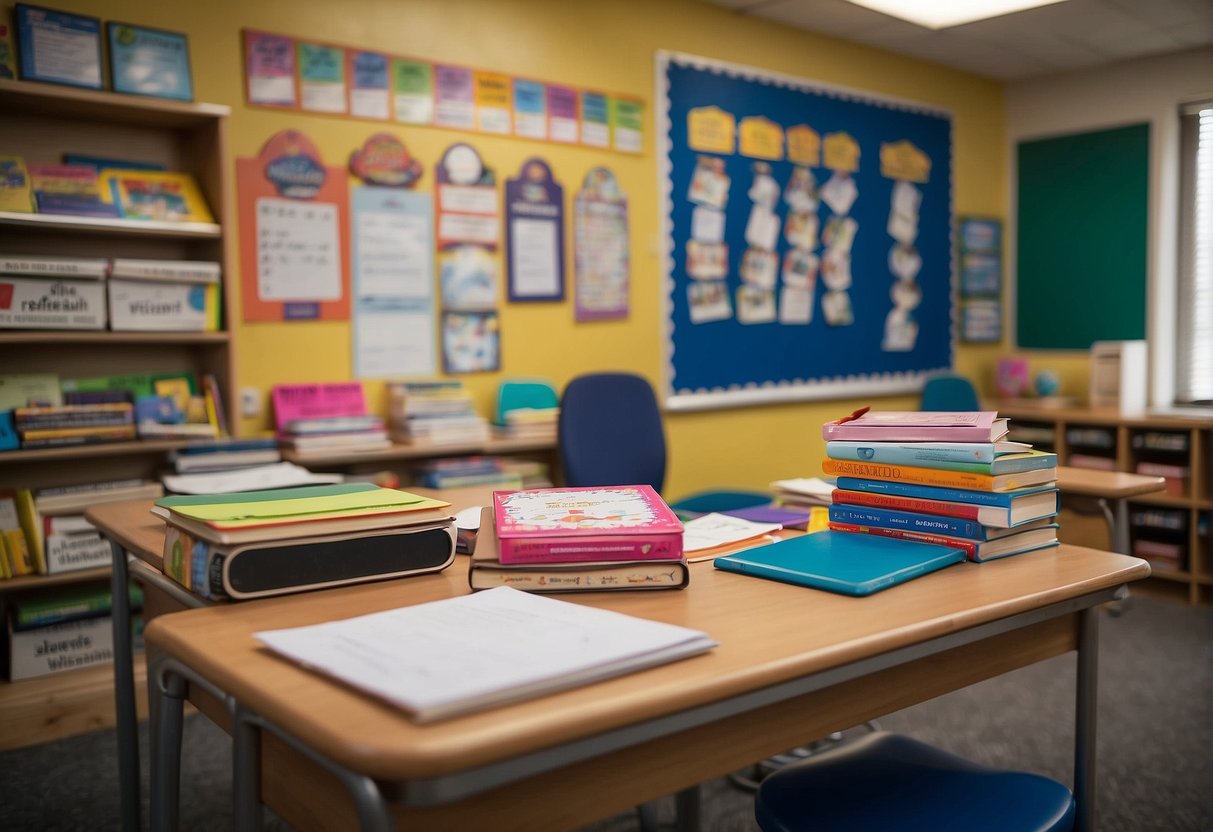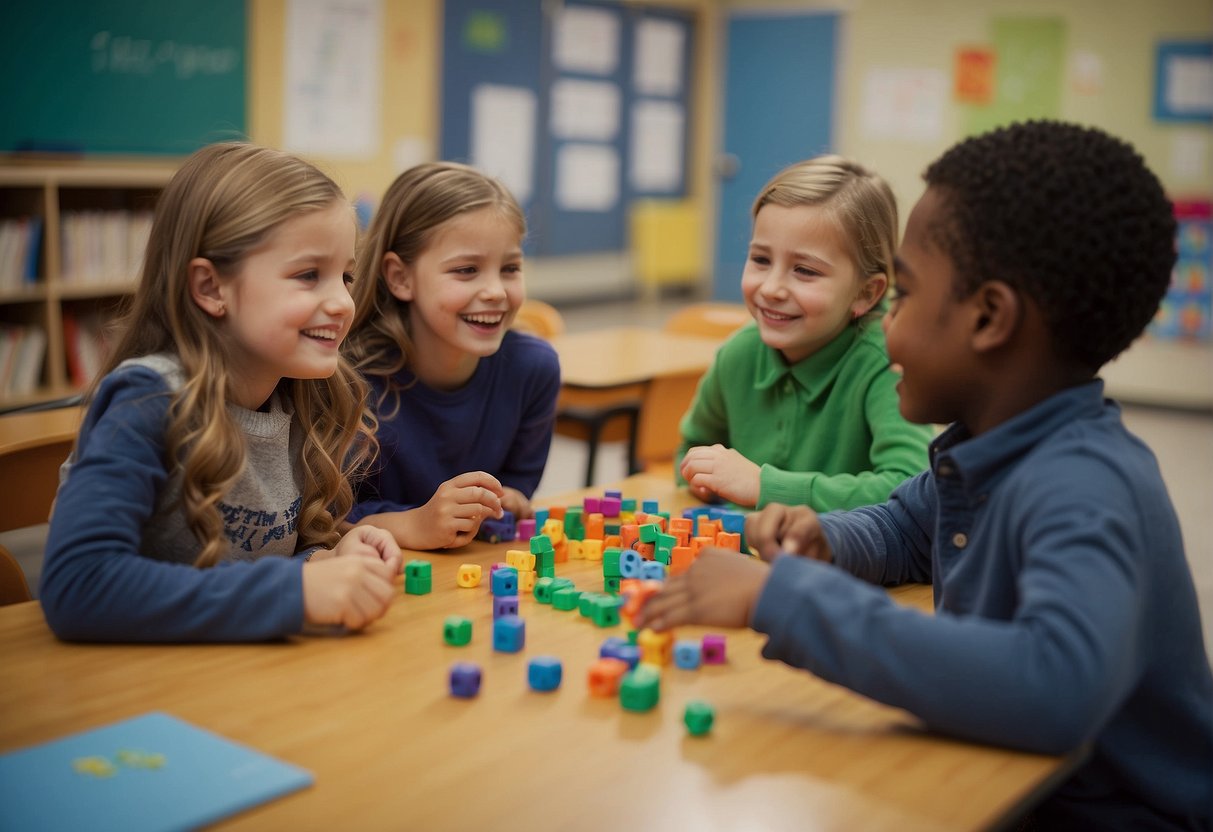Elementary school is a critical time in a child’s development, and it’s essential to know how old a child is when they enter each grade level. Second grade is no exception. Parents and educators alike may wonder, “How old is a kid in second grade?” The answer to this question is not as straightforward as one might think.
In the United States, the age of a child entering second grade can vary depending on the school district’s age and grade level standards. Typically, children in second grade are between seven and eight years old, but some may be as young as six or as old as nine. The age cutoff for starting school can also vary by state, with some states requiring children to be five years old by September 1st of the school year, while others may have an age cutoff of October 1st or later.
Key Takeaways
- The age of a child entering second grade can vary depending on the school district’s age and grade level standards.
- Second-grade curriculum and learning objectives focus on building foundational skills in reading, writing, and math.
- Children in second grade are also developing important social skills and may benefit from extracurricular activities to support their overall development.
Age and Grade Level Standards
Understanding Grade Placement
In the United States, children are placed in a grade based on their age and academic ability. The grade placement system is mandatory, and each grade has a minimum age requirement that children must meet before they can start school. The cut-off date for age ranges varies by state and school district, but it is typically in the fall of the academic year. Children must have reached the age requirement by the cut-off date to start the academic year at the corresponding grade level.
Age Requirements for Second Grade
Second grade is the grade level that follows first grade and precedes third grade. Children typically start second grade at the age of seven or eight, depending on their birthdate and the cut-off date for their school district. According to HealthNord, second graders are typically seven years old, while third graders are typically eight years old.
To start second grade, children must be ready for grade 2. This involves more than just meeting the age requirement. Second graders need to have developed certain academic and social skills to be ready for the challenges of second grade. According to Understood, most second graders should be able to add numbers up to 20 and think about how and why they’re solving problems. They should also be able to read fluently and write simple sentences.
In summary, second grade is typically for children who are seven or eight years old, depending on their birthdate and the cut-off date for their school district. Children must be ready for grade 2, which involves meeting certain academic and social skill requirements, to start second grade.
Curriculum and Learning Objectives
Core Subjects in Second Grade
In second grade, students continue to build on the foundation of knowledge they acquired in first grade. The curriculum in second grade is designed to help students develop a deeper understanding of the core subjects of math, reading, writing, science, and social studies.
Mathematics
In math, second graders learn to count beyond 100, up into the thousands, and start to grasp counting by 2’s and 5’s up to 100. They expand their knowledge of money to counting, making change, and using it in real life. Students also understand addition and subtraction of two and three-digit numbers.
Reading Skills
Second graders continue to work on connecting letters and sounds to make words, known as phonological awareness. They use this skill to write short sentences and develop their reading skills. Students also work on expanding their vocabulary through reading and comprehension exercises.
Writing Skills
In writing, second graders learn to write complete sentences with correct grammar and punctuation. They also develop their writing skills by learning to write paragraphs with a clear beginning, middle, and end. Students also learn to write stories and narratives.
Science
In science, second graders learn about the basic principles of life science, earth science, and physical science. They learn about the different types of animals and their habitats, the properties of matter, and the different types of rocks and minerals.
Social Studies
In social studies, second graders learn about different cultures, communities, and historical events. They learn about the different types of communities, such as rural, suburban, and urban, and the roles and responsibilities of community members.
Developing Essential Skills
In addition to the core subjects, second graders also develop essential skills that are important for their overall academic success.
Problem-Solving
Second graders develop their problem-solving skills through various activities and exercises. They learn to identify problems, brainstorm solutions, and evaluate the effectiveness of their solutions.
Communication
Second graders work on their communication skills by learning to express their thoughts and ideas clearly and effectively. They also learn to listen actively and respond appropriately to others.
Critical Thinking
In second grade, students develop their critical thinking skills by learning to analyze information and make informed decisions. They learn to identify cause-and-effect relationships, make predictions, and draw conclusions based on evidence.
Overall, the curriculum in second grade is designed to help students build on the foundation of knowledge they acquired in first grade and develop essential skills that are important for their overall academic success.
Educational Milestones and Progression
From Kindergarten to Elementary
Children in the United States typically begin their formal education in kindergarten at the age of five or six. They then progress to first grade, where they begin to learn the fundamentals of reading, writing, and arithmetic. By the time they reach second grade, children are expected to have developed basic literacy and numeracy skills. They should be able to read simple texts and do simple math problems.
In second grade, children are also expected to develop more advanced cognitive skills. For example, they should be able to understand cause and effect relationships and make more complex connections between ideas. They should also be able to solve word problems and perform simple addition and subtraction.
Preparation for Upper Grades
Second grade is an important year for children because it sets the stage for their future academic success. By the time they reach third grade, children are expected to have mastered the basic skills they learned in earlier grades and be ready to move on to more complex concepts.
In later years, children will continue to build on the foundation they established in second grade. They will learn more advanced math skills, such as multiplication and division, and begin to read more complex texts. As they progress through middle school and high school, they will be expected to develop critical thinking skills and be able to analyze and interpret information from a variety of sources.
Overall, second grade is a crucial year in a child’s education. It is a time when they begin to develop the skills and knowledge they will need to succeed in later grades and in life. By focusing on the educational milestones and progression from kindergarten to elementary, parents and educators can help ensure that children are prepared for the challenges and opportunities that lie ahead.
Support and Resources for Second Graders
Role of Parents and Community
Parents and the community play a vital role in supporting second graders. They can provide a nurturing environment that encourages learning and growth. Parents can help their children by reading with them, helping with homework, and engaging in conversations about school. They can also attend school events and participate in parent-teacher conferences to stay informed about their child’s progress.
The community can also provide support by offering resources such as after-school programs, tutoring services, and access to libraries. Additionally, volunteering in classrooms or school events can help foster a sense of community and support for second graders.
Addressing Learning Challenges
Some second graders may face learning challenges such as learning disabilities or difficulties with homework. In these cases, it is important for parents and the school district to work together to provide resources and support.
The school board and school district can provide resources such as special education services, counseling, and accommodations for students with learning disabilities. Parents can also work with teachers to create individualized learning plans and access tutoring services.
Homework can be a challenge for some second graders, and parents can help by creating a homework routine and providing a quiet, distraction-free environment for their child to work in. If a child is struggling with homework, parents can reach out to teachers for additional support.
Friendships are also important for second graders, and parents can help by encouraging their child to participate in extracurricular activities and playdates. This can help foster social skills and build positive relationships with peers.
Overall, by working together, parents, the community, and the school district can provide the necessary support and resources for second graders to thrive and succeed.
Extracurricular Activities and Social Development
Extracurricular activities are a great way for children to develop their social skills, build relationships with their peers, and learn new skills. While academic achievement is important, it is equally important for children to develop non-academic skills that will help them succeed in life.
Importance of Non-Academic Skills
Participating in extracurricular activities can help children develop important non-academic skills such as teamwork, communication, and problem-solving. These skills are essential for success in both personal and professional life. Extracurricular activities provide a safe and supportive environment for children to learn and practice these skills.
Integrating Arts and Physical Education
Integrating arts and physical education into extracurricular activities can further enhance children’s social development. Music and visual art can help children develop their creativity, memory, and listening skills. Physical education activities such as team sports and dance can help children build their physical skills, develop a sense of discipline and routine, and learn how to work together in a group.
Overall, extracurricular activities can be a valuable tool for children to develop their social skills and build relationships with their peers. By integrating non-academic skills such as teamwork, communication, and problem-solving into these activities, children can gain valuable experience that will help them succeed in life.

My name is Laura, and as a mother of two, I understand firsthand the joys and challenges of raising a child. That’s why I created this website, to provide a comprehensive and trustworthy source of information and support for new and expectant parents.
